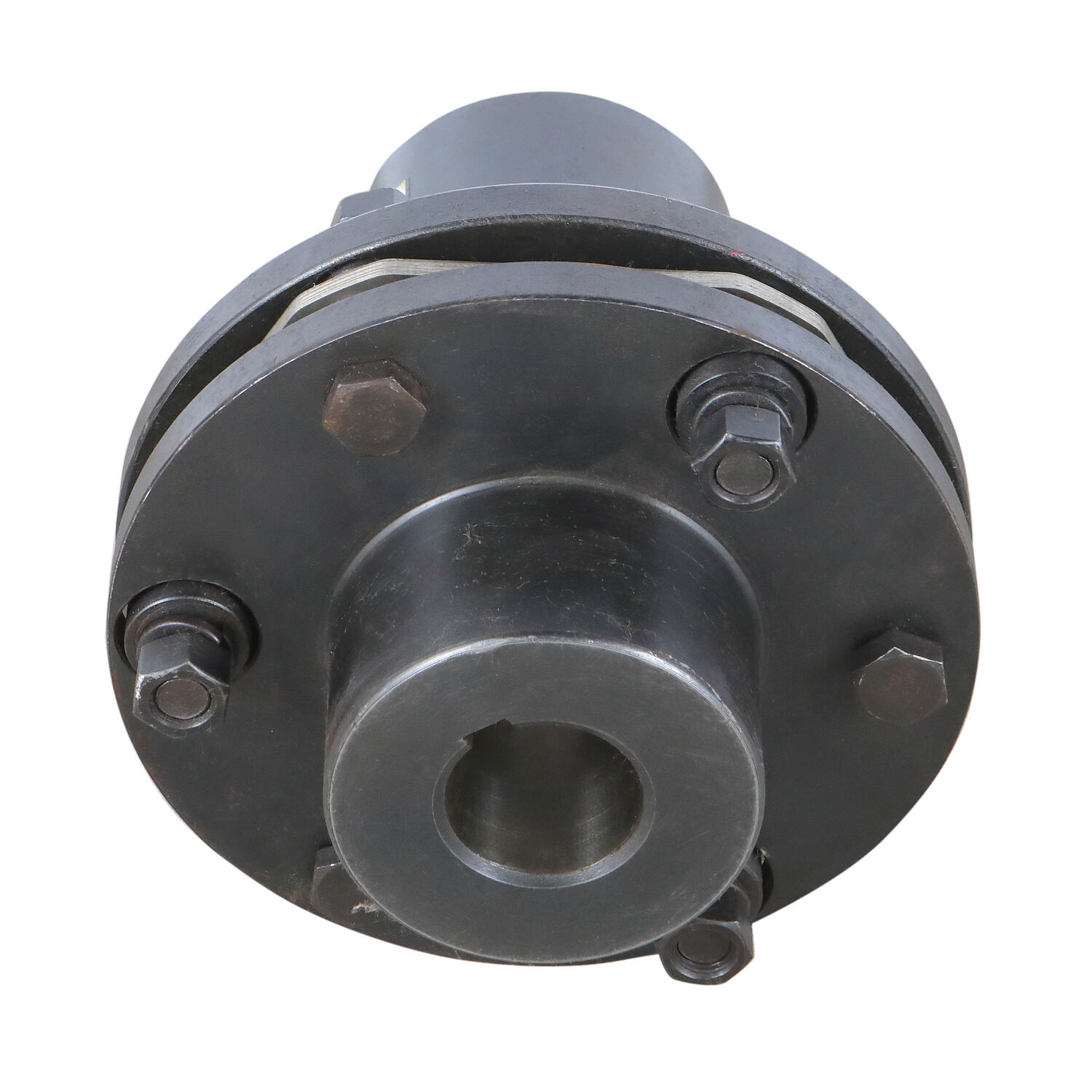Understanding the Critical Role of Industrial Coupling Systems in Cooling Applications
In the realm of industrial cooling systems, the importance of reliable and efficient components cannot be overstated. Cooling tower couplings represent a crucial element in these systems, serving as the vital link between driving and driven equipment. These specialized components are engineered to withstand intense operational demands while ensuring optimal performance in cooling tower applications.
The industrial sector's growing reliance on robust cooling solutions has placed increased emphasis on the selection of appropriate coupling systems. Modern cooling tower couplings are designed to handle the unique challenges presented by heavy-duty cooling operations, including high torque requirements, misalignment issues, and exposure to harsh environmental conditions.
Essential Features of Premium Cooling Tower Coupling Systems
Advanced Material Construction and Durability
Modern cooling tower couplings are manufactured using high-grade materials specifically chosen for their durability and resistance to environmental factors. These materials typically include advanced composites, corrosion-resistant metals, and specially treated steel alloys that can withstand continuous exposure to moisture, chemicals, and varying temperatures.
The material selection process focuses on longevity and performance reliability, ensuring that cooling tower couplings maintain their structural integrity even under the most demanding operational conditions. This careful consideration of materials contributes significantly to reduced maintenance requirements and extended service life.
Flexible Design Elements for Enhanced Performance
One of the distinguishing characteristics of modern cooling tower couplings is their flexible design architecture. This flexibility allows for optimal power transmission while accommodating various types of misalignment that commonly occur in cooling tower operations. The design incorporates elements that can handle axial, angular, and parallel misalignment without compromising system efficiency.
These flexible components also help in reducing vibration transmission between connected equipment, which is crucial for maintaining the overall system stability and preventing premature wear of associated components. The ability to absorb shock loads and dampen vibration makes cooling tower couplings especially suitable for heavy-duty applications.

Operational Benefits in Heavy-Duty Systems
Enhanced System Efficiency and Power Transmission
When integrated into heavy-duty cooling systems, cooling tower couplings demonstrate superior efficiency in power transmission. Their design optimization allows for minimal power loss during operation, ensuring that energy is transferred effectively between the motor and the driven equipment. This efficiency translates into reduced energy consumption and lower operational costs.
The precision engineering of these couplings ensures consistent performance even under varying load conditions, maintaining optimal speed ratios and torque transmission throughout the operational cycle. This reliability is particularly valuable in industrial applications where continuous operation is critical.
Maintenance Advantages and System Longevity
The implementation of cooling tower couplings in heavy-duty systems brings significant maintenance benefits. Their robust construction and intelligent design features minimize the need for frequent maintenance interventions, reducing system downtime and associated costs. Many modern coupling designs incorporate self-lubricating components and wear-resistant materials that extend service intervals.
Regular inspection requirements are also simplified, as these couplings often include visual indicators or monitoring capabilities that help maintenance teams identify potential issues before they develop into serious problems. This proactive approach to maintenance helps prevent unexpected system failures and extends the overall lifespan of the cooling system.
Installation and Integration Considerations
Professional Installation Requirements
Successful implementation of cooling tower couplings begins with proper installation procedures. Professional installation ensures that all alignment specifications are met and that the coupling is correctly sized for the application. This initial precision is crucial for achieving optimal performance and preventing premature wear or failure.
Installation professionals must consider factors such as torque requirements, speed variations, and environmental conditions when mounting these couplings. Proper tools and measurement equipment are essential for achieving the precise alignment necessary for heavy-duty applications.
System Integration and Compatibility
The versatility of modern cooling tower couplings allows for seamless integration with various types of equipment and system configurations. However, careful consideration must be given to system compatibility during the selection process. Factors such as shaft sizes, speed requirements, and load characteristics need to be evaluated to ensure proper matching of coupling specifications with system demands.
Integration planning should also account for future system modifications or upgrades, selecting couplings that offer the flexibility to accommodate potential changes in operational requirements. This forward-thinking approach helps maximize the long-term value of the coupling investment.
Future Trends and Technological Advancements
Smart Monitoring and Predictive Maintenance
The evolution of cooling tower couplings continues with the integration of smart monitoring capabilities. Modern designs increasingly incorporate sensors and monitoring systems that provide real-time data on coupling performance, temperature, and alignment status. This technology enables predictive maintenance strategies that can significantly reduce unexpected downtime.
Advanced analytics and machine learning algorithms are being developed to interpret this data, providing maintenance teams with actionable insights and early warning indicators of potential issues. This progression toward smart coupling systems represents a significant advancement in industrial cooling tower technology.
Sustainable Design and Environmental Considerations
Environmental consciousness is driving innovation in cooling tower coupling design. Manufacturers are developing eco-friendly materials and manufacturing processes that reduce environmental impact while maintaining or improving performance characteristics. Energy efficiency improvements and reduced material waste are key focus areas in this evolution.
These sustainable design initiatives not only benefit the environment but also contribute to reduced operational costs and improved system efficiency. The trend toward environmentally responsible coupling solutions is expected to continue as industrial operations face increasing pressure to reduce their ecological footprint.
Frequently Asked Questions
How often should cooling tower couplings be inspected?
Professional inspection of cooling tower couplings should be conducted at least quarterly, with more frequent checks recommended for systems operating under particularly demanding conditions. Visual inspections for signs of wear, alignment checks, and vibration monitoring should be part of regular maintenance routines.
What factors influence the selection of cooling tower couplings?
Key selection factors include system torque requirements, operational speed, environmental conditions, misalignment tolerance needs, and space constraints. Additional considerations include maintenance accessibility, cost-effectiveness, and compatibility with existing equipment.
What are the signs that a cooling tower coupling needs replacement?
Common indicators include unusual vibration, excessive noise, visible wear or damage, increased operating temperature, and decreased system performance. Regular monitoring can help identify these signs early, allowing for planned replacement before catastrophic failure occurs.
Table of Contents
- Understanding the Critical Role of Industrial Coupling Systems in Cooling Applications
- Essential Features of Premium Cooling Tower Coupling Systems
- Operational Benefits in Heavy-Duty Systems
- Installation and Integration Considerations
- Future Trends and Technological Advancements
- Frequently Asked Questions

